- Tags:
- Japanese sweets / Kyoto / nama-yatsuhashi / Wagashi / yatsuhashi
Related Article
-
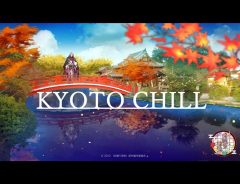
Kyoto now has its own lofi & hip hop video with a hunky ‘street god’ and recorded sounds from the city
-
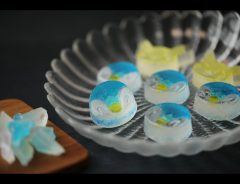
Pokémon’s Piplup becomes gorgeous and delicious traditional Japanese amber sugar crystals
-

Animal donut specialty shop Ikumimama branches out to wagashi with new cat face dorayaki
-
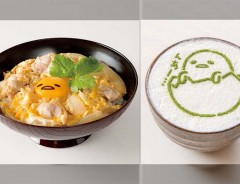
Gudetama Latte Art And Adorably Lazy Dishes Take Up Residence At A Kyoto Matcha Cafe
-
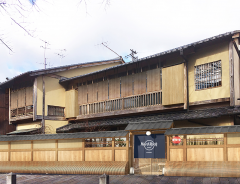
Kyoto’s First Hard Rock Cafe Will Be Modelled on a Machiya Townhouse
-

Photographer’s Stunning Pictures Of Snow Blanketed Kyoto Will Spirit You Away
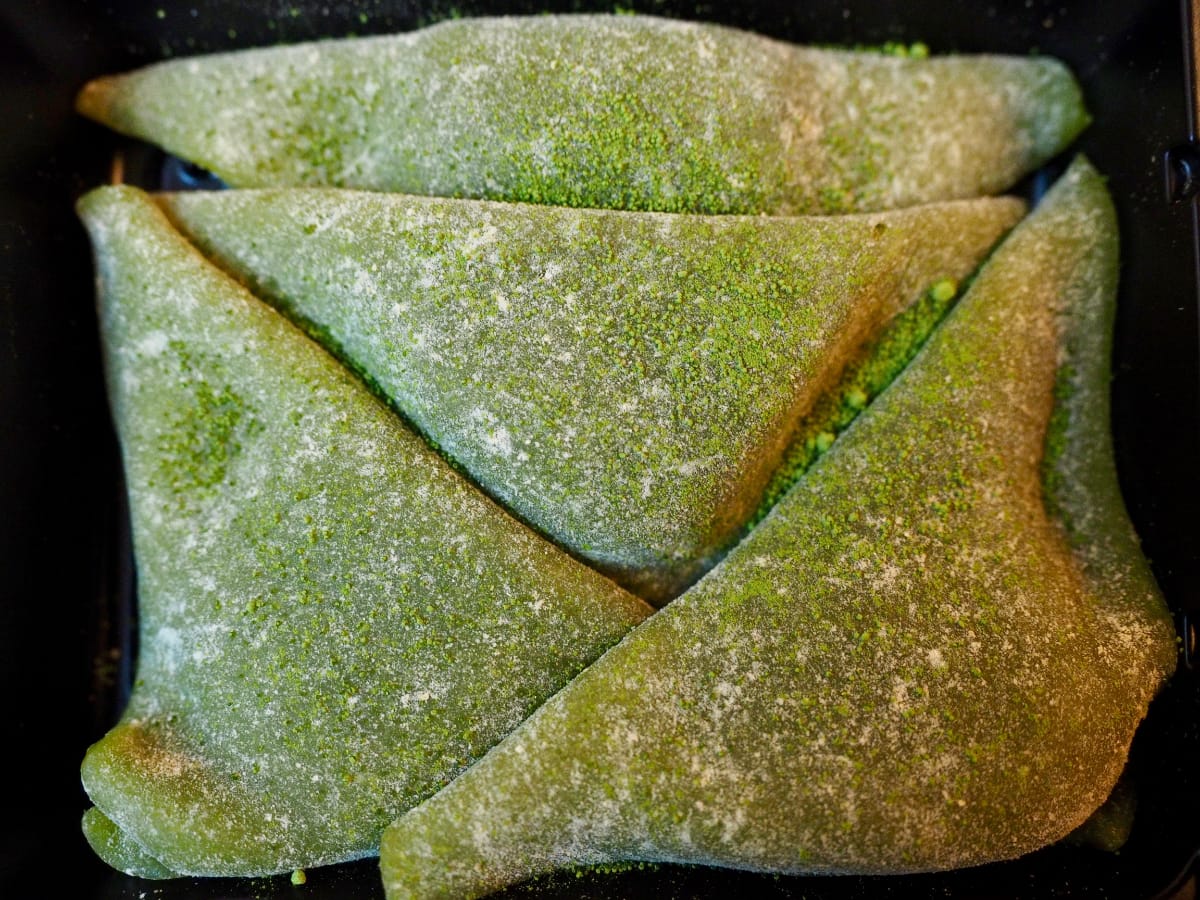


Spend a little time living anywhere in Japan, and you will at some point be greeted by the Japanese tradition of gift giving, otherwise known as the exchange of souvenirs or omiyage. In Japan, souvenirs are more often than not some kind of food originating from the place that the visitor has been to, with a preference in the type of food being some form of sweet. These “sweet souvenirs” are known in Japanese as miyagegashi 土産菓子.
Whilst chocolate, biscuits and gummy sweets might seem like a good choice for food souvenirs, there is one sweet treat that beats them all: the Yatsuhashi 八ツ橋.
Hailing from Kyoto, this sweet treat comes in three distinct forms: the traditional cookie-like baked Yatsuhashi, the nama (raw) Yatsuhashi 生八ツ橋, and the third type is nama Yatsuhashi with a sweet paste in its centre. This popular candy is sweet and simple, made from rice flour, sugar and cinnamon. A famous regional product of Kyoto, all forms of Yatsuhashi can be picked up and bought at every single souvenir shop in the city.
Some find that baked Yatsuhashi isn’t dissimilar to the Japanese rice crackers known as senbei. This type of Yatsuhashi is the most traditional form and is made by flattening out the dough and baking it until it is crispy and hard. This form of Yatsuhashi was originally baked on a hot plate. However, modern times and increase in demand has called for the use of machinery, which replaced hand making as recently as 1970.
Whilst baked Yatsuhashi comes with a cinnamon or green tea crunch, nama Yatsuhashi has a soft texture resembling mochi and is enjoyed accompanied by a hot cup of green tea or matcha. To make nama Yatsuhashi hot water, sugar and cinnamon are kneaded into rice flour. The mixture is then rolled out flat and cut into 8cm x 8cm square.
Nama Yatsuhashi can also be enjoyed wrapped around a sweet paste in its centre, and this is perhaps the most popular version of the sweet today. Traditionally, the paste inside of nama Yatsuhashi has been a sweet red bean paste, but in modern times, a variety of flavours have gained popularity, including matcha, chocolate, and banana.
A quick look into the history of Yatsuhashi
As one of Kyoto’s most famous exports, it is certain that the Yatsuhashi sweet comes with its own history.
The candy first came into existence in 1689. It was named after Yatsuhashi Kengyō, a famous koto player from Kyoto who had died four years prior to the sweet’s creation. The koto is a Japanese instrument that is plucked like a harp and consists of 13 strings. The biscuit was shaped like the Japanese instrument and was sold at stalls along the approach to Shōgo-in Temple. It wasn’t long before it was noted that the sweets looked similar to the koto, and soon after they were named after the famous musician.
A shop known as Nishio Yatsuhashi is located just outside of the gates to Shogoin Shrine and has been in the business of creating Yatsuhashi for over 300 years. In 2013 the shop opened a cafe and restaurant adjacent to the main store and offer savoury meals in addition to the ever-popular sweets. The cafe is named Yatsuhashi no Sato which translates in English to “The home of Yatsuhashi”.
Nishio Yatsuhashi no Sato is open daily from 11:00 - 16:00 and can be reached from Kyoto Station by taking bus number 206 bound for Kitaoji Bus Terminal. Getting off the bus at Kumano Jinja Mae, the cafe is located just a short 4 minutes north.
Experience making Yatsuhashi in Kyoto
In addition to Nishio Yatsuhashi, there are two other famous stores in Kyoto with a long history of manufacturing the sweets.
Otabe has been in the business for almost 200 years and in addition to selling the popular food, they also run daily lessons all about making nama Yatsuhashi in a traditional tatami room just above the shop.
Ingredients are provided, and friendly instructors provide detailed instructions on how to perfect your own Yatsuhashi biscuits.
Lessons at Otabe cost 600 yen per person and are run daily from 10am until 2pm. More information regarding Otabe and its Yatsuhashi experience can be found here.
If you would rather experience a lesson in making traditional hard Yatsuhashi crackers, then Izutsu Yatsuhashi Honpo has the perfect class for you.
This is the only place in Kyoto where visitors are able to try baking Yatsuhashi. The course will provide all of the equipment and ingredients needed to bake the sweets, as well as allow the partaker to wear a traditional Japanese pastry chef’s coat known as an “obebe”. At the end of the course, you will have made and baked 32 pieces of traditional Yatsuhashi. More information about Izutsu Yatsuhashi Honpo can be found here.